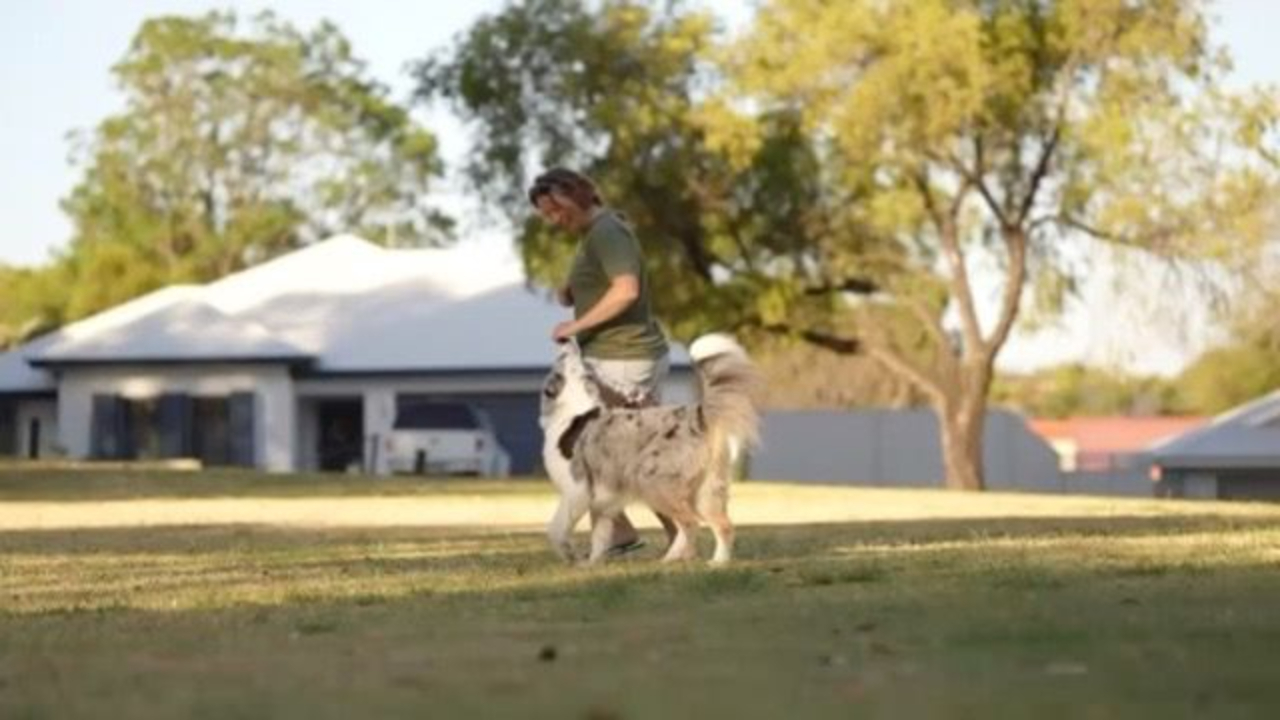Recognising Pain
Jan 11, 2025
Pain is one of the most under-recognised conditions in our dogs. It is your RESPONSIBILITY as a guardian to know what pain can look like in a dog, and also, how it looks in your dog in particular.
Unlike us (well some of us anyway) dogs are very good at masking pain, and the signs that they are suffering can be difficult to observe.
Have you ever had a really bad headache or joint pain? Did you notice that you were grumpier, less social, and more tired by the end of the day? Pain makes other things less enjoyable, and takes a lot of mental energy. If your dog is in pain they may be having a really hard time, and pain can result in significant behaviour issues.
Often, the first sign of pain is a change in behaviour - either the loss of normal or "typical" behaviours or the development of abnormal behaviours.
You might notice a decrease in activity, a reluctance to run and jump, increased vocalisation, a reduction in the desire to play or interact with with family or other pets, or a loss of appetite. You may even notice your dog hiding. Pain has been related to repetitive behaviours, noise sensitivities, and is the most common cause of aggression and reactivity.
One less known signs are an INCREASE in activity - running away from pain. In humans exercise has also been shown to increase neurochemical reponses that reduce pain perception, and it is likely this is also the case in canines. Pain may also also be present in slower gaits, but not when a faster gait is selected.
Other signs of pain include almost any fear or stress behaviours - since pain can cause both fear and stress. Panting, scratching, whale eye, ears pinned back, chewing, ear flicking, eye rolls.
Pain can be the result of a wide variety of medical and musculoskeletal issues, so if you notice pain, look into it. This doesn't mean take your dog who hates the vet there and ask your GP vet to diagnose them - as adrenaline is well know for masking pain.
It means do a gait analysis (that's me), get tests, do imaging, see a veterinary physiotherapist or rehab professional, and DO A PAIN TRIAL and see if anything changes. The most common cause of pain is Osteoarthritis - which is know from dogs as young as 2. Canine Arthritis Management estimate that 80% of dogs over 8 years of age have arthritis.
It's worth remembering that while you should try to figure out and treat the cause of pain, PAIN can be the PRIMARY disease - there may not be any obvious cause - or it may just be the structure of the individual and the movements that they do. You can only definitively tell whether an indvidual is in pain by undertaking a pain trial.
In good news, appropriate movement and strength and conditioning has a huge role to play in the long term health of your dog - so get on board now!
If you liked this you will love the FUN-damentals course! Jump on the waitlist to get access to exclusive discounts and offers.

